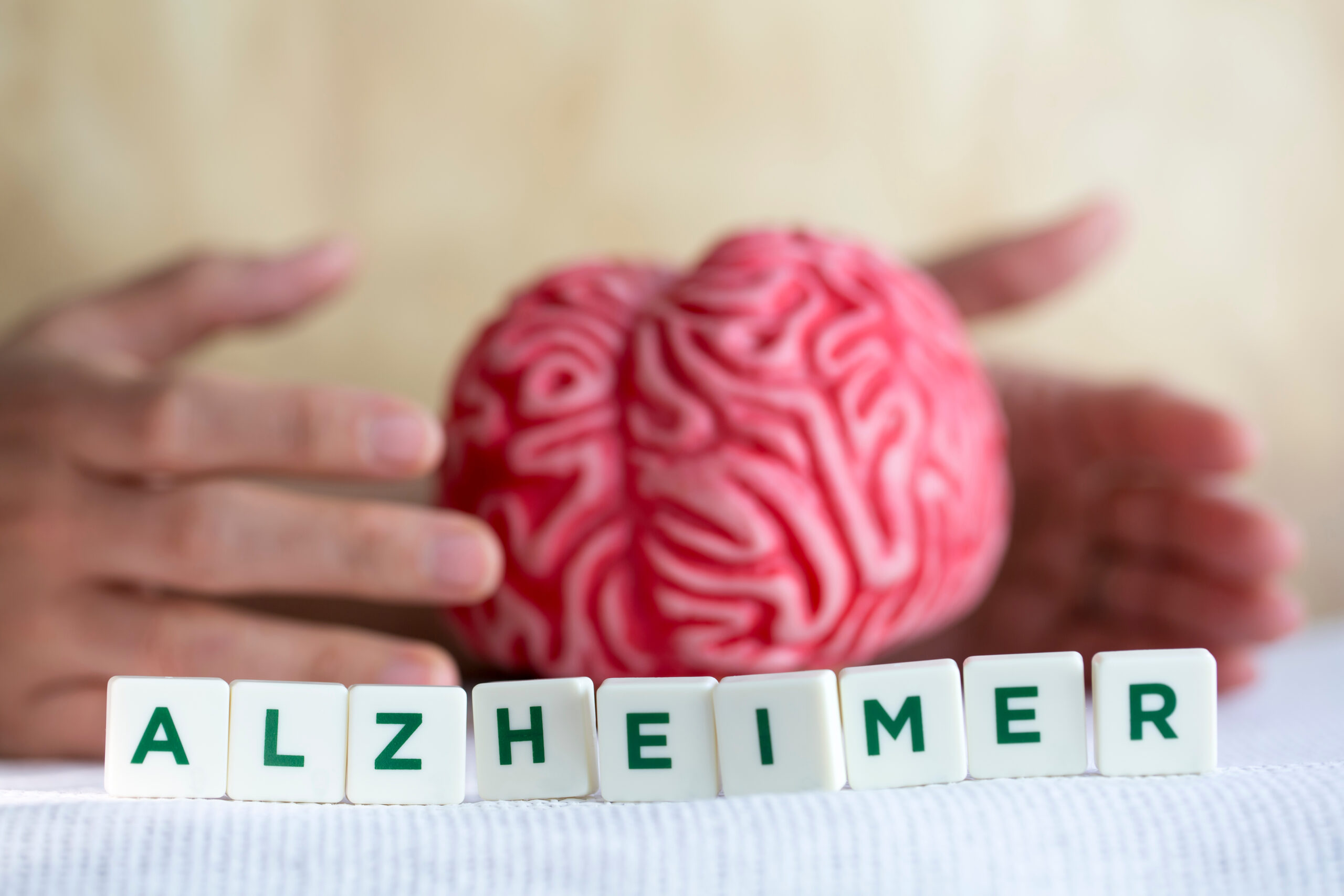The Role of Art Therapy in Reaching Dementia Patients
**The Role of Art Therapy in Reaching Dementia Patients**
Art therapy is a special kind of treatment that uses creative activities like drawing, painting, and sculpting to help people with dementia. This therapy is not just about making art; it’s about using art to improve the mental and emotional well-being of those affected by dementia.
### How Does Art Therapy Help?
**Emotional Expression and Healing**
People with dementia often struggle to express their feelings in words. Art therapy provides a way for them to communicate their emotions through creative activities. For example, painting or drawing can evoke memories and spark meaningful conversations with loved ones or caregivers. This non-verbal communication helps individuals with dementia process their emotions and find ways to cope with their condition.
**Cognitive Improvement**
Art therapy engages multiple parts of the brain, which can help improve memory recall and focus. Activities like painting or drawing require concentration and problem-solving skills, which can be beneficial for individuals with mild to moderate dementia. These activities also stimulate mental agility, improving problem-solving skills and enhancing memory recall.
**Social Connection and Engagement**
Group art therapy sessions encourage social interaction, which is essential for mental health. Many older adults experience isolation, but participating in art activities with others fosters connection and a sense of belonging. These interactions create opportunities to share stories and bond over common experiences, building relationships that extend beyond the therapy sessions.
### Types of Art Therapy
There are various forms of art therapy that can be tailored to an individual’s needs and interests. Some common types include:
– **Drawing and Painting**: Using different mediums like pencils, crayons, or paint to create images.
– **Colouring**: Filling in sketches in adult colouring books to relax and focus the mind.
– **Sculpting**: Shaping or carving figures out of mouldable or hard materials.
– **Mandalas**: Creating intricate patterns that stimulate creativity and reduce anxiety.
– **Finger Painting**: Spreading paint on paper with fingers to create unique images.
– **Photography**: Taking pictures of special moments or memories.
– **Making Collages**: Combining photos and other art supplies to create visual elements.
### Benefits for Dementia Patients
Art therapy offers several benefits for individuals with dementia:
– **Improved Emotional Control**: By providing a healthy outlet for emotional expression, art therapy helps individuals with dementia manage their emotions more effectively.
– **Enhanced Cognitive Function**: Engaging in creative activities can improve cognitive functioning, including memory recall and problem-solving skills.
– **Reduced Stress and Anxiety**: The repetitive and structured nature of art therapy can help individuals with dementia feel more grounded and connected to the present moment.
– **Increased Social Interaction**: Group sessions promote social interaction, reducing feelings of loneliness and isolation.
### Implementing Art Therapy
To effectively implement art therapy in care settings, caregivers should:
– **Assess Individual Preferences**: Tailor activities to the individual’s interests and abilities.
– **Provide Positive Reinforcement**: Encourage and support the individual during sessions to boost self-esteem.
– **Organize Group Sessions**: Host collaborative music-making or art classes to foster social interaction and community ties.
By incorporating art therapy into care routines, caregivers can create a nurturing environment that enhances both mental and emotional well-being for individuals with dementia. This approach not only improves the quality of life but also provides a meaningful way for seniors to connect with their memories and emotions.





